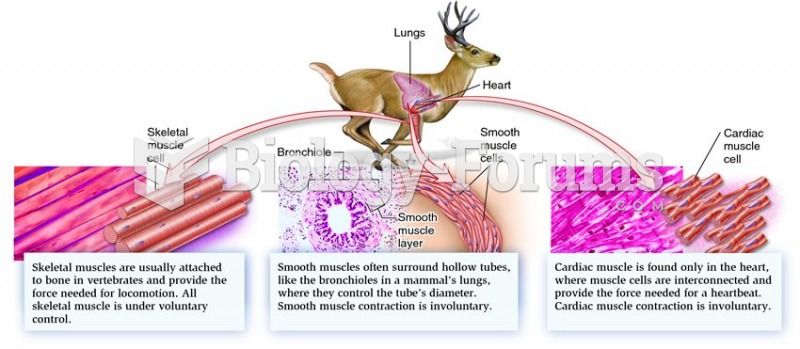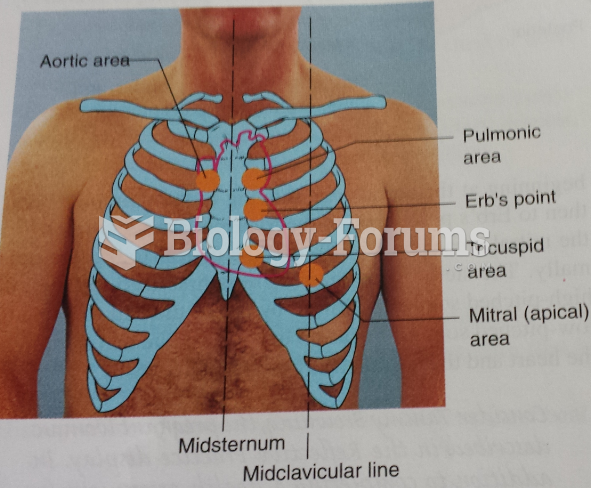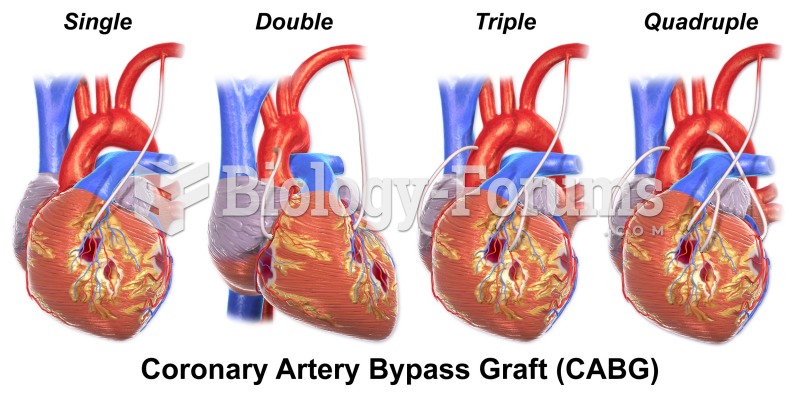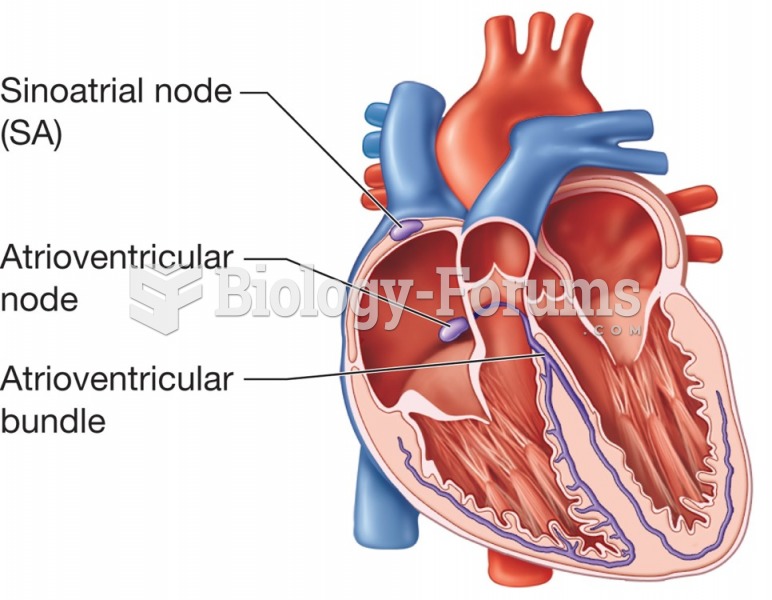Answer to Question 1
A
Acute pain is protective, usually has an identifiable cause, is of short duration, and has limited tissue damage and emotional response. It is common after acute injury, disease, or surgery. Acute pain warns people of injury or disease; thus it is protective. It eventually resolves after the damaged tissue heals. Chronic/persistent noncancer pain is prolonged, varies in intensity, and usually lasts longer (typically at least 6 months) than is typically
expected or predicted . It does not always have an identifiable cause and leads to great personal suffering. Examples of chronic noncancer pain include arthritis, low back pain, myofascial pain, headache, and peripheral neuropathy. Chronic episodic pain is pain that occurs sporadically over an extended period of time is episodic pain. Pain episodes last for hours, days, or weeks. Examples are migraine headaches and pain related to sickle cell crisis. Idiopathic pain is chronic pain in the absence of an identifiable physical or psychological cause or pain perceived as excessive for the extent of an organic pathological condition. An example of idiopathic pain is complex regional pain syndrome (CRPS).
Answer to Question 2
D
Alternate patterns of relationships include multi-adult households, skip-generation families (grandparents caring for grandchildren), communal groups with children, nonfamilies (adults living alone), and cohabitating partners. The extended family includes relatives (aunts, uncles, grandparents, and cousins) in addition to the nuclear family. The single-parent family is formed when one parent leaves the nuclear family because of death, divorce, or desertion or when a single person decides to have or adopt a child. The blended family is formed when parents bring unrelated children from prior or foster parenting relationships into a new, joint living situation.







